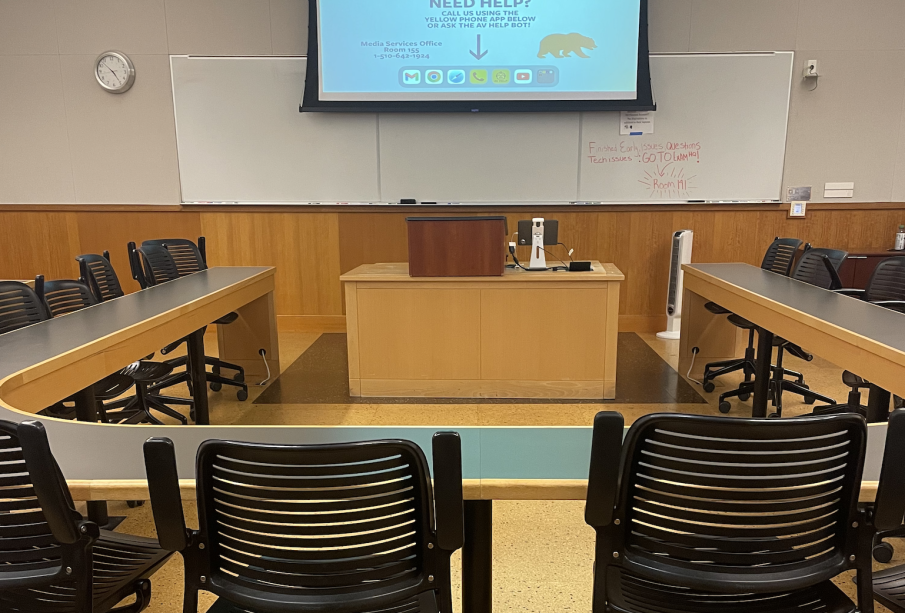The Importance of Classroom Environment for Learning

Introduction
The classroom environment plays a crucial role in the education system, acting as a foundational space where students engage, learn, and develop social skills. A well-structured classroom not only enhances learning outcomes but also fosters a safe, inclusive, and stimulating atmosphere that encourages students to participate and express themselves.
Current Trends in Classroom Design
Recent trends emphasize the importance of flexible and adaptable spaces in classrooms. Schools across India are increasingly adopting new layouts that allow for collaborative learning. For instance, the use of group seating arrangements rather than traditional rows supports teamwork and interaction among students. According to a study conducted by the National Council of Educational Research and Training (NCERT), such arrangements have shown a marked improvement in student engagement and motivation.
Implementation of Technology
In today’s digital age, technology integration in classroom settings is becoming imperative. Interactive whiteboards, tablets, and e-learning platforms are being utilized to supplement traditional teaching methods. A survey by the Ministry of Education indicated that 74% of teachers believe that technology positively impacts student engagement and understanding. Schools are investing in digital tools to adapt to diverse learning styles, catering to visual, auditory, and kinesthetic learners. This has proven essential during the recent shift to hybrid learning models due to the pandemic.
The Role of Teacher Training
To attain the full benefits of a well-designed classroom, teacher training is paramount. Educators must be equipped with the skills to facilitate an engaging learning experience. Professional development programs focusing on classroom management, innovative teaching strategies, and utilizing technology effectively are being implemented across various educational institutions. These steps ensure that teachers can create a classroom environment that meets the evolving needs of their students.
Conclusion
The classroom environment is a pivotal element in shaping a student’s educational experience. With ongoing changes and innovations in the educational landscape, it is essential for schools to prioritize creating adaptable, technology-equipped, and supportive environments. As we move towards a more dynamic approach to education, understanding the significance of classroom design and teaching methodologies will continue to be vital for fostering learning and development for future generations.









